Thanks to a plus model, the Galaxy Note 10 might be the big Samsung phone you've been waiting a long time for. Find out why in our full review.
Should I Buy The Samsung Galaxy Note 10?
With so many phones being almost identical to the last model, we're impressed with what Samsung has done with the Galaxy Note 10.
The 10+ model still provides the classic Note experience, with more impressive specs, but this regular one will finally appeal to those that want the S Pen on a much more manageable phone.
Price When Reviewed
- $949
As expected, Samsung has unveiled the Galaxy Note 10 but this year there are two models to choose from. We’ve always wanted a smaller option and here it is, but is it up to scratch? Here's our full and in-depth Galaxy Note 10 review.
It’s no secret that the Note range has always been popular and a success - if we pretend the Note 7 never happened - but it has always appealed to a certain type of user. Namely those wanting a bigger screen, or ‘phablet’ as they were more commonly called at first.
Those wanting the S Pen stylus but with a more manageable device haven’t been able to have it from Samsung, until now. The regular Galaxy Note 10 is now the ‘mini’ or ‘compact’ version if you like, moving more in-line with the Galaxy S10 range.
You don’t get the exact same set of specs - screen aside - but of course, it is the cheaper of the two.
Price
The Galaxy Note 10 comes it at £899/$949 which is £100 more than the Note 9 but it's still a way off some of the most expensive smartphones on the market. You'll want to consider the Note 10+ though as it's only £100/$150 extra, with quite a few extra bits.
The phones are now on sale now at Samsung. You can also get the phone from various places like Amazon, Carphone Warehouse, EE, Vodafone and O2.
Design & Build
Samsung has done a great job with the design of the Note 10 as this regular model feels incredibly normal to hold. This is despite only having a screen 0.1in smaller than the Note 9.
The screen-to-body ratio has improved dramatically by over 10% to a whopping 94.7%. This has mainly been achieved by getting rid of the top and bottom bezels. It’s now over 10mm shorter and just over 5mm narrower.
It’s the top bezel that’s impressive since it used to house various sensors and the like. Now the Note 10 is like the S10 with a ‘punch-hole’ camera notch, only the camera is in a central position now.
The Note 10 is also slimmer at 7.9mm but we think a lot of users would prefer it to stay thicker and that’s because the headphone jack has been removed and we’ll explain why later in the audio section. In terms of weight, it's a comfortable 168g.
A fairly major change is that the power and volume keys are on the left of the phone now, which is highly unusual for any handset. This makes it nicer for left-handed users and Samsung points out that right-handers will find their index finger naturally sits in that area. We think this will have a mixed reaction, depending on how you tend to hold your phone.
There’s also no dedicated Bixby button anymore but you can long press the power key to summon the digital assistant.
Many things are the same such as the USB-C port on the bottom along with the slot which houses the S Pen. In typical Samsung style, the Note 10 is fully dust and waterproof with an IP68 rating.
The big news here is that the regular Note 10 will finally appeal to those who like the idea of the Note but have always found it simply too big.
It’s worth pointing out that the regular Note 10 comes in some different colour options compared to the Note 10+. It’s available in Aura Glow and Aura Black which is the same but then an Aura Pink model. The Aura White is only for the larger model.
The Glow option is extremely mirrored and has a rainbow of colours like an oil slick in it that dance around as you move the phone. It's the white Note 10+ that hides grubby marks the best so you'll have to live with it on the regular model.
Specs & Features
Unless we’re talking about devices like the Galaxy Fold, new smartphones these days are iterative improvement and various tweaks to an existing design. That’s the case with the Note 10 which is the same, but different.
Let’s take a look at what the Note 10 has to offer and how it’s changed from the Note 9. We’ll look at the screen, S Pen, core hardware, cameras and more.
Screen
As mentioned earlier, this normal Note 10 is the smaller of the two with a 6.3in. For the first time, Samsung has created a Note 10+ so you can jump up to a 6.8in display if you really want a huge screen.
Despite being only 0.1in smaller than the Note 9’s screen, the Note 10 is much more manageable thanks to its edge-to-edge design - and we don’t just mean to the sides. This thing is almost completely screen now the camera is embedded.
This is a Dynamic AMOLED Infinity-O display and as you would expect for a flagship phone, simply looks and feels stunning. This is despite a resolution drop to 2280x1080 resulting in a pixel density of 401ppi (it was 516ppi on the Note 9) and supports HDR10+.
As we've come to expect from Samsung, the display is as bright, crisp and vibrant as you like. You can also use it outdoors without any issues. Whehter or not you find the embedded camera an issue is a personal thing. Generally we find it ok but it can be quite distracting when watching videos or gaming in landscape orientation.
The main thing here is that the Note 10 is the first in the range to offer a manageable sized display.
S Pen
The hero of the Note series had obviously not gone anywhere and Samsung’s stylus is even better than before. It runs on Bluetooth Low Energy and now lasts up to 10 hours on standby.
Of course, you can use it just like previously but there are some new features to tempt you with.
The main one being Air Actions which is essentially like being Harry Potter and waving a wand to control the phone. At the moment it’s mainly used in the camera app to change between modes or cameras. You can also do a circle gestures to zoom in and out.
It’s either a gimmick or super useful and we can’t quite decide which one yet. Really the phone will need to be on a tripod or similar situation for this to be the perfect solution.
An open SDK for the latest S Pen means developers can take advantage of the new feature, possibly including games. For now though, it's pretty gimmicky.
Core Specs & Performance
Although it was rumoured the Note 10 would come with up to 1TB of internal storage, that’s sadly not the case. It does have 256GB as standard though which is double that of the Note 9.
A key change is that only the Note 10+ has a microSD card slot so if you’re a fan of expandable storage then the regular model no longer fits the bill.
The 512GB model is only available on the 10+ and this comes with a whopping 12GB of RAM regardless of storage capacity. 256GB of storage will have to be enough, and the regular Note 10 has a still very healthy 8GB.
When it comes to the processor, Samsung has been typically vague describing it as a 7nm chip. It looks like it will be either a Snapdragon 855 (possibly the Plus edition) or Exynos 9825 depending on which market you’re in.
In the UK we get the Exynos version and even with less RAM than the bigger model, the benchmark results are effectively the same and in real-world usage we have no complaints about the performance. This phone can handle plenty of tasks with ease.
Cameras
Things have moved on from the Note 9 when it comes to photography and video as the Note 10 now has a triple rear camera array.
This starts off with the same 12Mp dual aperture camera that was introduced with its predecessor and it’s one again joined by a 12Mp telephoto lens that offers a 2x optical zoom. Both feature optical image stabilisation (OIS).
A new addition is the 16Mp ultra-wide angle option which matches the S10, creating a typical set of three.
Another Note 10+ exclusive though, is a couple of additional sensors - Time of Flight (TOF) and DepthVision. These help with all the depth effects available in the Live focus but the Note 10 can still do this via software. However, the difference is noticeable with the Note 10 sometimes struggling to identify a subject and making errors such as blurring hair.
This is mostly a problem at the front though, where the phones are the same. The central punch-hole camera which is 10Mp matching, once again, the S10 and otherwise outputs excellent quality.
AR Doodle is new and allows you do draw over a video and what you draw will move in sync with the person - something like a hat, for example. Yes, it's a another gimmick that you'll probably only use twice.
Gimmicks aside, things have improved on the video front with better Super Steady stabilisation and new features such as audio zoom so you can select an area of the video to hone in on the sound. You can record in crisp 4K and even add live focus blur to footage.
Connectivity & Audio
As noted earlier, there’s no headphone jack on either of the Note 10 models and that might come as a fair shock with a level of annoyance. We’d rather there was one, of course, but Samsung said it’s due to making the design slimmer as well as leaving more room for the battery - it also cited the fact this is now normal for premium smartphones.
Instead of a dongle in the box, Samsung has decided to ship the Note 10 with USB-C headphone by AKG - which are better than the average cans you get. If you want to use some existing cans with a 3.5mm jack then you’ll need to buy a dongle. We haven’t tried the supplied headphones yet but Samsung does typically ship good quality earphones.
You’re probably wondering if the Note 10 supports 5G and the simple answer for this model is no. However, there is a 5G variant of the Note 10+ if you’re keen on getting on the new network now, or simply future-proofing.
The phone is Wi-Fi 6 enabled though - following in the footsteps of the S10 - so uses the up and coming 11.ax standard and also has things like Bluetooth 5.0, NFC and GPS.
It might not bother as many people compared to the headphone jack, but Samsung has removed the heart rate monitor from the phone. When asked why, we were told it’s simply because not many people actually used it.
When it comes to biometrics the Note 10 has a choice of the Ultrasonic fingerprint scanner that’s embedded into the display or face unlock. The fingerprint scanner has been moved 33mm up the screen compared to the S10 to make it easier to reach.
It's quick and works well and you can use face unlock, too, if you like.
Battery Life
The rumour of 45W charging on the Note 10 is true, but there’s a catch - it's limited to the Galaxy Note 10+. Both are supplied with a 25W adapter though which is still pretty quick. This is the cap for the regular Note 10 anyway and a 30 mintute charge from dead will get you to 49% so that's plenty for most people.
Like the S10 range, Wireless Powershare is a feature so you can use the Note 10 as a wireless charger for other devices like phones or the Galaxy Buds. Wireless charging on the Note 10 is 12W while the plus model can do 15W.
The other thing in this area of interest is that the regular Note 10, with its smaller chassis, has a smaller battery. It’s 3500mAh - that’s down 500mAh on the Note 9 - while the Note 10+ pushes things to 4500mAh.
As you might expect, then, battery life isn't as good as the plus model - reaching a middling five hours and 27 minutes in the Geekbench 4 battery test. The Note 10+ got seven hours and 19 minutes.
Back in the real world, the Note 10 battery will last a day but most users will be charging it every night. After exploring and taking photos for six hours, we had just over 30% left.
Software
On the software front, the Note 10 is running Android 9 Pie with Samsung’s One UI, of course. It’s essentially the same experience as the S10 but with additional S Pen bits and minus the Bixby button.
Apart from the the new camera bits mentioned earlier and the DeX (desktop experience) mode you might be familiar with, there’s a new partnership with Microsoft which is an improvement on the Your Phone app already available for Android. This version is quicker to set up, offers screen mirroring and doesn't require Bluetooth.
When connected you can control the phone easily and also get your photos off with minimal hassle. We just want to be able to use the mirroring feature without having to have the phone unlocked with the display on.
DeX might be useful for some things - particularly drag and drop file transfer or multi-tasking between apps - but it's not good enough to mean the Note 10 can replace a laptop. It runs well enough but you'll quickly find that certain apps aren't supported and others won't go full-screen.
This is still a case of using Android apps on a larger display.
Verdict
We've awarded the Galaxy Note 10 the same score and award as the larger Note 10+. It might be missing a few features such as the microSD card slot, less storage, no depth sensor and slower charging.
However, it is cheaper and offers something which the Note range hasn't in the past. That is a big screen phone with the S Pen in a manageable size. This is thanks to Samsung's work on reducing the bezels to almost nothing. You've just got to be ok with that punch-hole camera, of course.
We think a lot of people have been waiting for this and if you haven't, well there's still the Note 10+ which goes all out.
Specs
- Android 9 Pie with One UI
- 6.3in 2280x1080 Dynamic AMOLED Infinity-O Display, 401ppi, HDR10+
- Qualcomm Snapdragon or Samsung Exynos processor
- 256GB storage
- 8GB RAM
- 12Mp camera, f/1.5-2.4 and OIS
- 16Mp ultra-wide 123 degrees, f/2.2
- 12Mp telephoto, f/2.1 and OIS
- 10Mp front facing camera, f/2.2
- 802.11ac/ax dual-band Wi-Fi 6
- 4G LTE Cat 20, 4x4 MIMO
- Bluetooth 5.0
- GPS
- NFC
- Ultrasonic Fingerprint Sensor (in-screen)
- S Pen with 6-axis sensor
- USB-C
- 3500mAh battery
- 25W charging
- 12W wireless charging with Wireless PowerShare
- IP68 waterproof
- 151 x 71.8 x 7.9mm
- 168g
View the original article here






















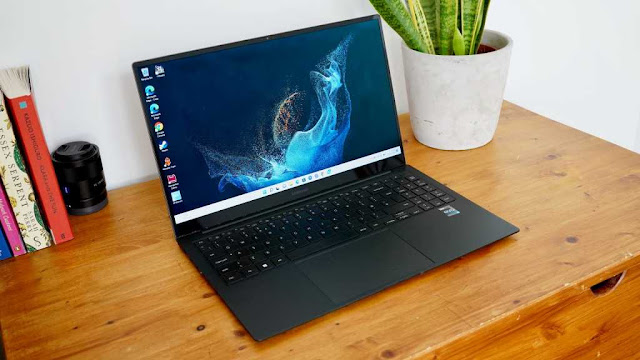
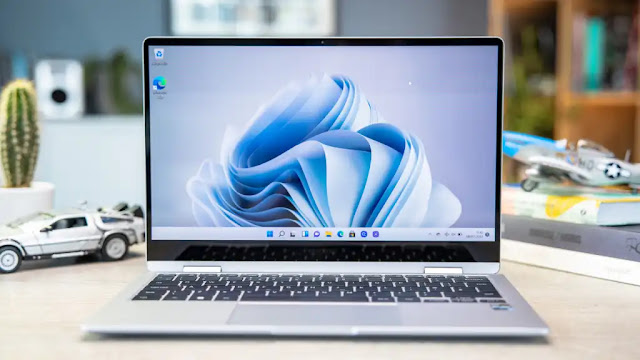
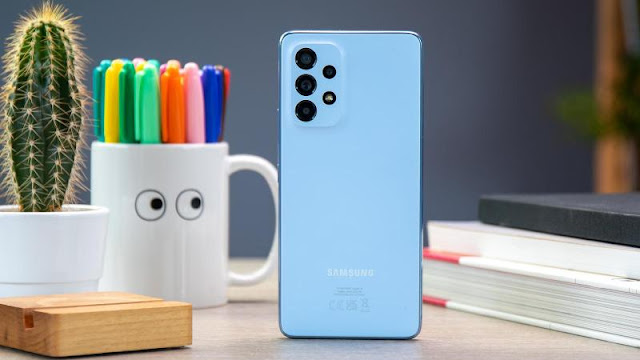
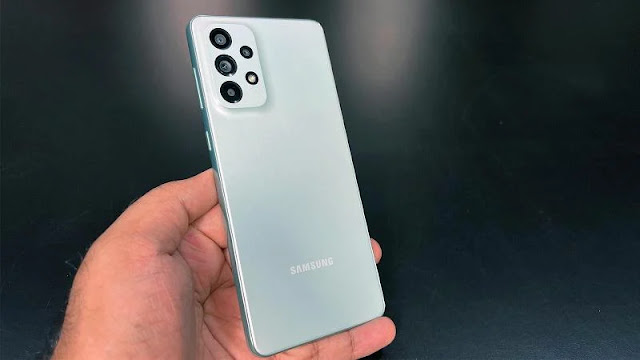
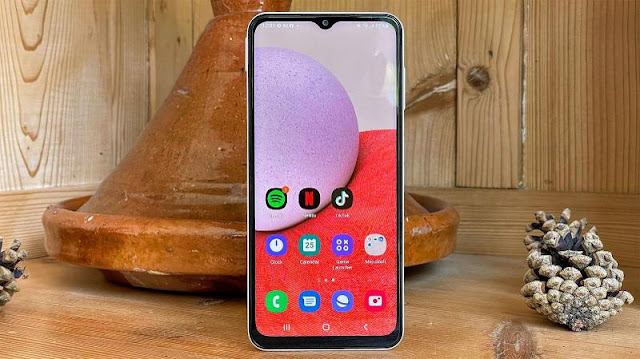
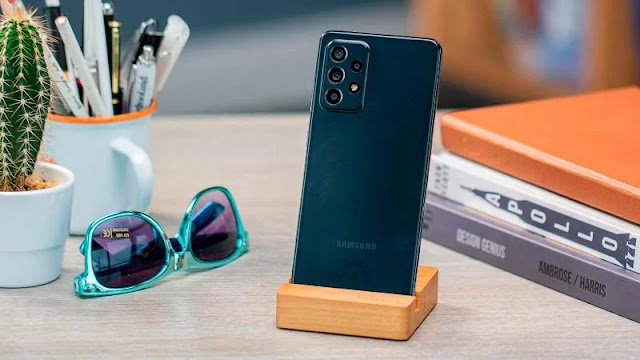
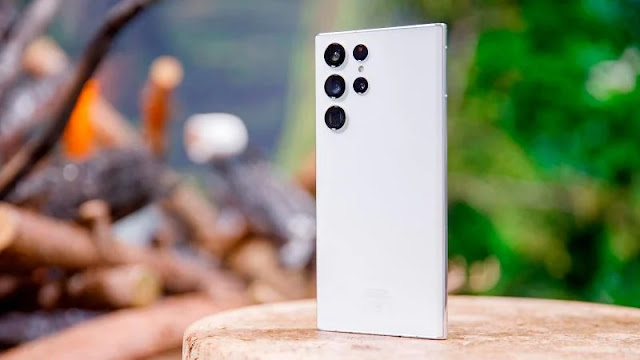

%20Review.webp)

0 comments:
Post a Comment